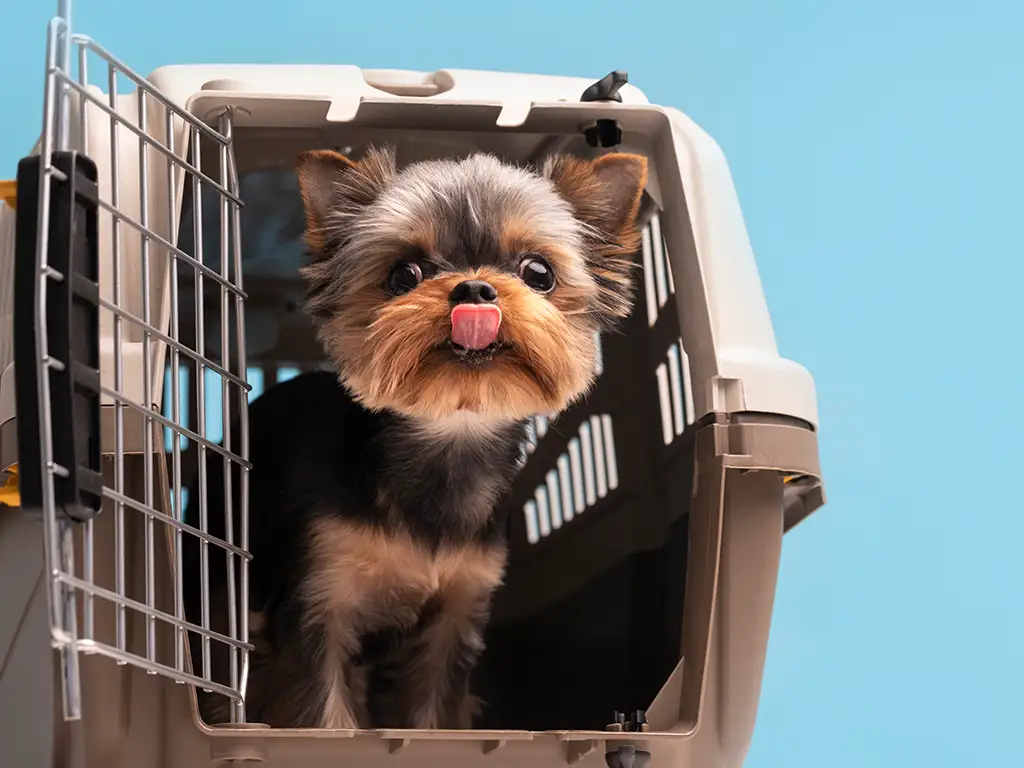
18 Jun Pet Travel to the EU/Europe from South Africa
Pet travel from South Africa to Europe is no small feat—it’s a symphony of legal compliance, logistical precision, and tender care. With the right guidance, such as the dedicated support offered by Pets Abroad, this journey transforms from daunting to delightful. Every bark, purr, and tail wag on European soil will echo your effort.
-
Understanding the Legal Landscape
1.1 The EU Pet Travel Scheme Explained
Pet relocation to Europe isn’t a walk in the park—it’s a dance through documentation and strict regulation. The EU Pet Travel Scheme governs the entry of domestic animals, ensuring pets entering European borders pose no threat to public or animal health. This scheme is underpinned by a shared goal: to allow seamless pet movement while safeguarding against rabies and other zoonotic diseases.
For South African pet owners, understanding this scheme is pivotal. It outlines requirements based on country classifications—South Africa, considered a “third country,” falls under stricter scrutiny. Pets must meet specific entry prerequisites before being granted the all-clear to set paw on European soil.
1.2 Entry Requirements for pets entering Europe from South Africa
A one-size-fits-all approach doesn’t apply. Each EU member state may have nuanced interpretations of the core requirements, but there are universal criteria South African pets must meet:
- Microchipping: Before anything else, your pet must be microchipped with an ISO 11784/11785 compliant chip. No chip, no trip.
- Rabies Vaccination: This must follow microchipping or can be done on the same day—vaccination before chipping voids the process.
- Rabies Antibody Titre Test: A blood test proving immunity must be done no sooner than 30 days post-vaccination and at least 3 months before travel.
- Veterinary Health Certificate (Annex IV): Pre-completed by Pets abroad then signed and stamped by your private vet and endorsed by the South African State Vet.
- EU Entry Within 10 Days: From the date of certificate issuance, entry into Europe must occur within ten days.
Failure to comply with any single requirement can result in denied entry, quarantine, or worse—return to origin.
-
Preparing Your Pet for the Journey
2.1 Health Certificates, Vaccinations & Microchipping
Documentation isn’t merely paper-pushing—it’s a lifeline to a smooth journey. The process starts months in advance. Your pet needs a clean bill of health, verified by a licenced vet. Routine vaccinations, particularly rabies, must be updated and documented.
Timing is everything. The titre test must be conducted at an EU-approved lab and your vet must adhere to strict procedural timelines. If even one step is rushed or delayed, it could derail the entire plan.
Microchipping, often overlooked in local vet visits, is mandatory and must precede rabies vaccinations. It serves as your pet’s digital passport and identity confirmation.
2.2 Crate Training and Comfort Essentials
A calm pet is a happy traveller. Weeks before departure, introduce your pet to their travel crate. It must be IATA-compliant—meaning it allows your pet to stand, turn, and lie down comfortably. Familiar smells help; add a favourite blanket or a worn t-shirt.
Avoid feeding a heavy meal before the flight. Hydration is crucial, but overwatering can lead to discomfort. A frozen water dish can melt gradually, keeping them hydrated without spillage.
Stress reducers like pheromone sprays or vet-approved calming aids can also make a world of difference.
-
Navigating the Travel Logistics
3.1 Choosing the Right Airline and Route
Pets Abroad will advise the best and most affordable airline and routes. Each airline’s rates and costing will be different, and it is not a one size fits all.
Not all airlines are created equal when it comes to pet travel. Look for those with a proven track record of animal welfare and climate-controlled cargo holds. Some offer “pet travel schemes” with added care or even allow pets in the cabin, depending on the breed and size.
Route planning is strategic. Direct flights are preferred to avoid layover confusion or delays that leave your pet stranded in transit. When layovers are unavoidable, choose pet-friendly hubs with on-site animal care facilities.
Booking early ensures space is available, especially during peak travel seasons when animal bookings are limited.
3.2 Clearing Customs and Arrival Procedures
Upon arrival, customs clearance is typically swift—if your paperwork is in impeccable order. EU authorities will verify the microchip, vaccination records, and health certificate. Pets entering via designated points of entry (often larger airports) must undergo official checks.
Your agent will double check all paperwork, because if anything is amiss, customs officials can impose a quarantine period, typically at the owner’s expense. Therefore, it’s wise to double and triple-check every detail before departure.
-
Settling In: Life After Landing
4.1 Quarantine and Post-Arrival Vet Visits
Unlike some countries, most EU member states don’t enforce quarantine for compliant pets from South Africa. However, random checks can occur, and if suspicions arise, quarantine may be mandated.
After arrival, schedule a vet appointment to confirm all is well. This also establishes your pet with a local veterinarian, a necessary step for ongoing care or in emergencies.
It’s also a good time to inquire about pet registration rules in your new home country—some areas require immediate municipal registration.
4.2 Adapting to a New Environment
Relocation isn’t just physical—it’s emotional. Pets sense change deeply. The climate, scents, and sounds of Europe differ starkly from South Africa’s familiar rhythm. Create a routine as quickly as possible. Morning walks, feeding times, and play sessions offer stability.
Explore pet-friendly parks and cafes. Gradual exposure builds confidence. Don’t rush the process. Your pet’s well-being depends on your patience and empathy.



